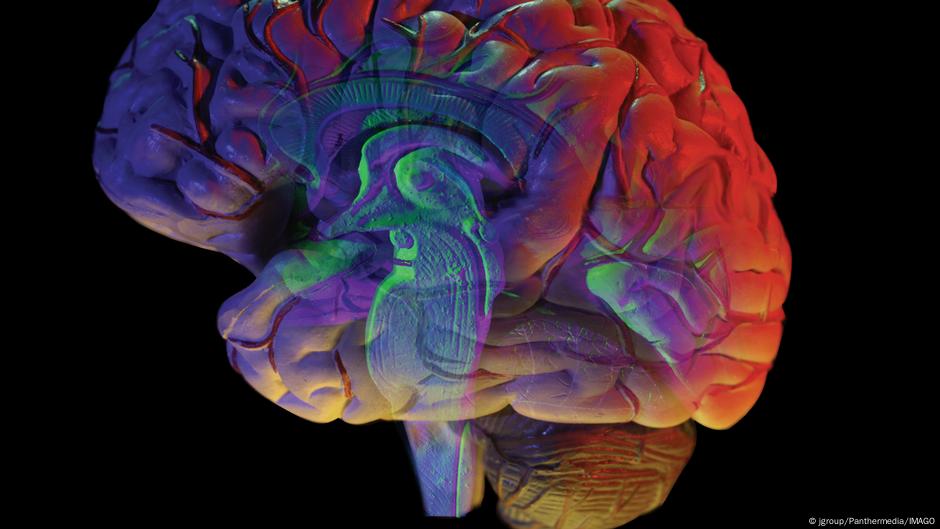
"Being able to see how the brain grows, changes and sometimes malfunctions at the cellular level could help scientists improve their understanding of the many neurological disorders that reduce quality of life for a third of the world's people. "Much like a detailed GPS for the brain's complex landscape, brain atlases serve as essential reference tools," said Katrin Amunts, a neuroscientist at the Julich Research Center in Germany, who oversaw Europe's major human brain mapping project, EBRAINS."
"Some atlases could be used to study neurodevelopmental conditions like autism or autoimmune complications like multiple sclerosis. Other benefits could include "more precise neurosurgery planning, and targeted treatments like Deep Brain Stimulation for Parkinson's Disease," said Amunts in an email. "By providing a spatial blueprint across species, they help translate research into therapies that could one day improve quality of life for millions.""
New brain atlases map how the brain develops in humans and other mammals from earliest cell division into a diverse array of specialized cells. The atlases present temporal sequences rather than single-point snapshots, revealing how cells change over time and originate from common progenitors. Potential applications include improved diagnosis of Alzheimer's, epilepsy, autism, and multiple sclerosis, more precise neurosurgery planning, and targeted treatments such as Deep Brain Stimulation for Parkinson's disease. Spatial blueprints across species aim to translate findings into therapies and to enhance understanding of neurodevelopment, cellular specialization, and malfunction at the cellular level.
Read at www.dw.com
Unable to calculate read time
Collection
[
|
...
]